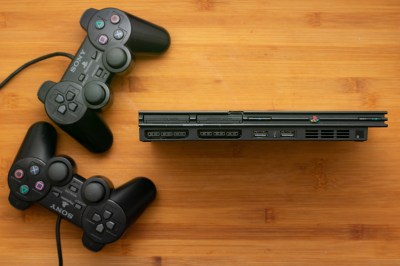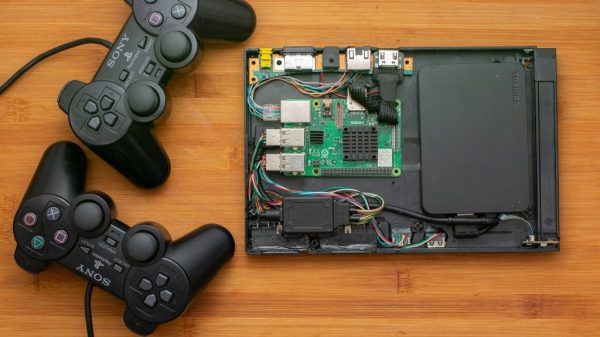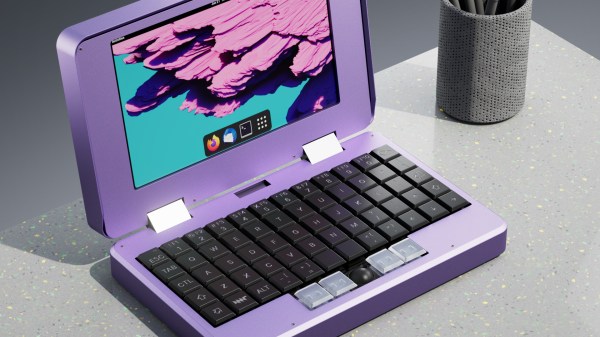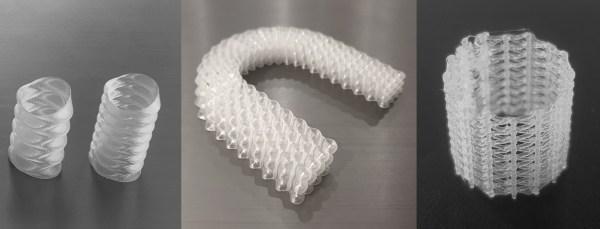We often see Raspberry Pi boards of various flavors stuck inside vintage computers and the like. [El Gato Guiri] has instead installed one inside a PlayStation 2 Slim, and rather artfully at that. The result is a tidy little media center device.

The PlayStation 2 was gutted, with a Raspberry Pi 3B installed inside. The original ports on the back, including the USB and Ethernet port, were then wired up to the Pi to make them fully functional. A slot was then cut into the back to allow the HDMI port to be hooked up. The front USB ports work, too, and the optical drive was removed to make way for a 2 TB Toshiba external drive. Adapters are used to make the controller ports work, as well. Finally, a Noctua fan was installed atop the Pi to make sure it never gets too hot.
Whether it’s for watching movies or playing emulated games with the PS2 controllers, the little media center build is sure to do well.
We’ve seen Raspberry Pis stuck in everything from laptops to monitors, as well as plenty of retro hardware too. When a piece of hardware is dead and gone, a Raspberry Pi can be a great way to breathe new life into an attractive old case!















